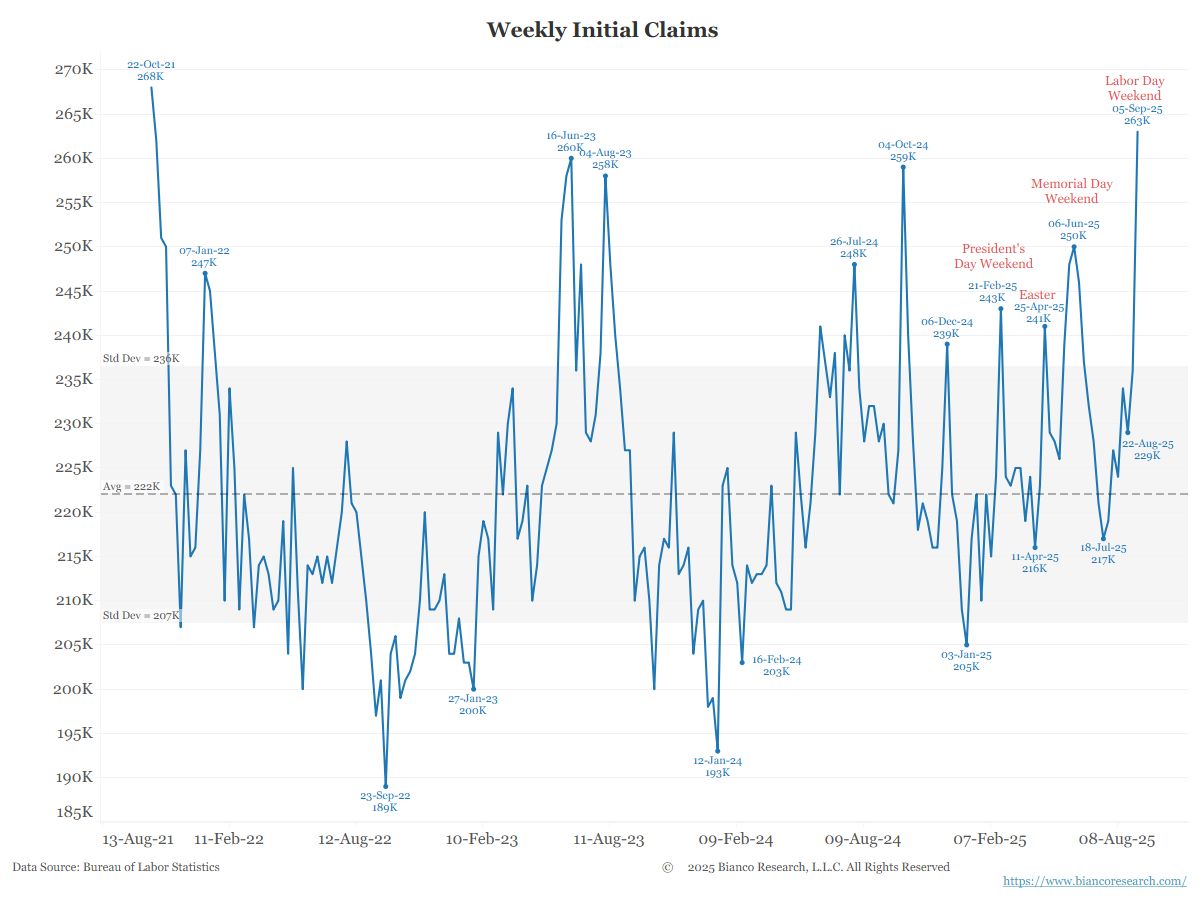US and European stocks were slightly lower on Tuesday as investors assessed the latest flurry of corporate earnings and business activity surveys for clues about the health of the global economy.
Wall Street’s benchmark S&P 500 was flat by the mid-afternoon in New York. The technology-heavy Nasdaq Composite slipped 0.3 per cent.
The muted activity came after trading in dozens of blue-chip stocks were briefly halted following problems with the New York Stock Exchange’s opening auction.
The equity moves also preceded quarterly results from Microsoft, due after the closing bell, which come days after the tech giant announced plans to cut 10,000 jobs by the end of March and confirmed it will invest billions of dollars in ChatGPT bot maker OpenAI.
Aerospace and defence contractors Lockheed Martin and Raytheon were two of the US companies to report earlier in the day, with the former reporting lower year-on-year sales but beating analysts’ revenue forecasts for the fourth quarter.
Healthcare products maker Johnson & Johnson on Tuesday forecast this year’s profits would rise above estimates, even after sales fell more than 4 per cent in the three months ending December.
In European stock markets, the regional Stoxx 600 lost 0.2 per cent and Germany’s Dax lost 0.1 per cent.
“Better sentiment on [the] growth outlook” had on Monday helped the S&P 500 rise to its highest level since early December, according to analysts at JPMorgan, with semiconductor and technology stocks in particular posting strong gains.
The US bank does not expect January’s equity market rally to last, however. “The recent weakening of economic data and anticipated decline in earnings expectations and weak [full-year] guidance are pointing to markets that are likely to move lower,” it said.
Others are more optimistic, however. China’s economic reopening, receding recession fears in Europe and cooling inflation in the US mean “investor concerns over a harder landing for the global economy” have eased, said Lee Hardman, currency analyst at MUFG.
Traders have “fresh confidence that central banks can pause their rate hike cycles” this year, he added, even as officials at the US Federal Reserve and European Central Bank insist their fight against inflation is far from won.
Private sector output in the US continued to decline in January, a business activity survey showed on Tuesday, with the composite purchasing managers’ index rising to 46.6 from 45 in December. Any figure below 50 signifies contraction rather than expansion.
Analysts at ABN Amro said the figure was supportive of its expectation for “a modest decline” in US gross domestic product this quarter.
The eurozone meanwhile “edged back into growth” at the start of 2023, according to a flash PMI update released by S&P Global on Tuesday, with business activity in January rising after six successive months of decline.
The data “adds to evidence that the region might escape recession”, said Chris Williamson, chief business economist at S&P Global Market Intelligence.
Capital Economics’ chief Europe economist Andrew Kenningham said the region’s PMI was consistent with the economy “roughly stagnating”, adding that “there is nothing here” to stop the ECB raising rates by 1 percentage point over the next two months, “and perhaps further beyond that”.
US government bonds improved in price on Tuesday, with the yield on the benchmark 10-year Treasury falling 0.06 percentage points to 3.47 per cent.
In Asian equity markets, Hong Kong’s Hang Seng index gained 1.8 per cent. Japan’s Nikkei 225 added 1.5 per cent, having all but recovered from a sell-off triggered by the Bank of Japan’s surprise adjustment to its longstanding yield curve control measures in late December.
Prices for Brent crude, the international oil benchmark, fell 2.5 per cent to $86.05 a barrel. Analysts at Bank of America expect Brent to touch $110 per barrel by this summer, boosted by rising Chinese demand.















